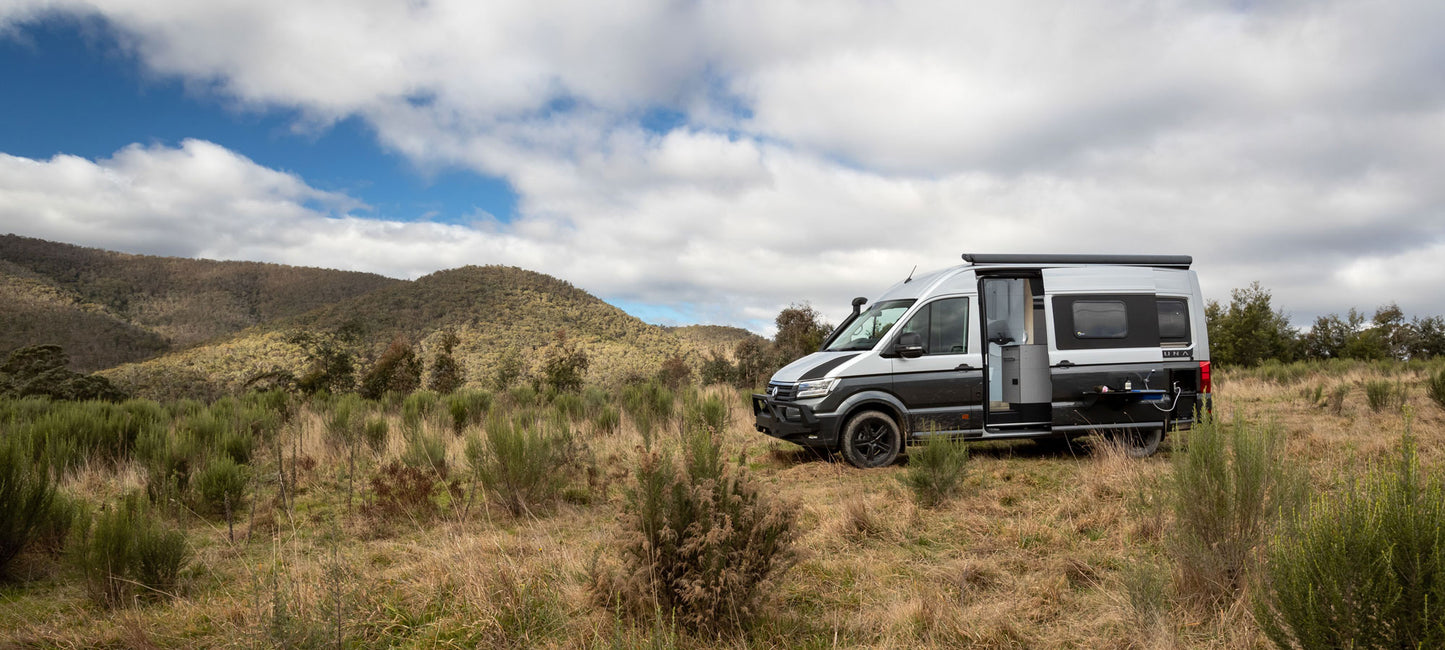This store requires javascript to be enabled for some features to work correctly.
TRAVEL AUSTRALIA WITH TRAKKA
Sophisticated design, intelligent operating systems, timeless quality, unprecedented after-sales service; all TRAKKA campervan and motorhome conversions and accessories combine everything our brand stands for. With 50 years experience, Sydney-based manufacturer, TRAKKA integrates the latest technologies and materials with the best in class chassis from the Volkswagen T6.1 Transporter, Crafter and Mercedes-Benz Sprinter, to provide the ultimate home away from home for those seeking travel and adventure. It’s all about the journey.
Go for high performance. Explore with TRAKKA.
TRAKKA FULL CONVERSIONS
Latest News Articles
More TRAKKA MY25 Details Leaked
If you’ve been following the brand for a while now, you know TRAKKA has an ever evolving product portfolio -...
Welcome to the Future of Van Travel
In the ever-evolving landscape of motorhome design, TRAKKA proudly unveils the next generation of electrical systems, setting a new standard...















